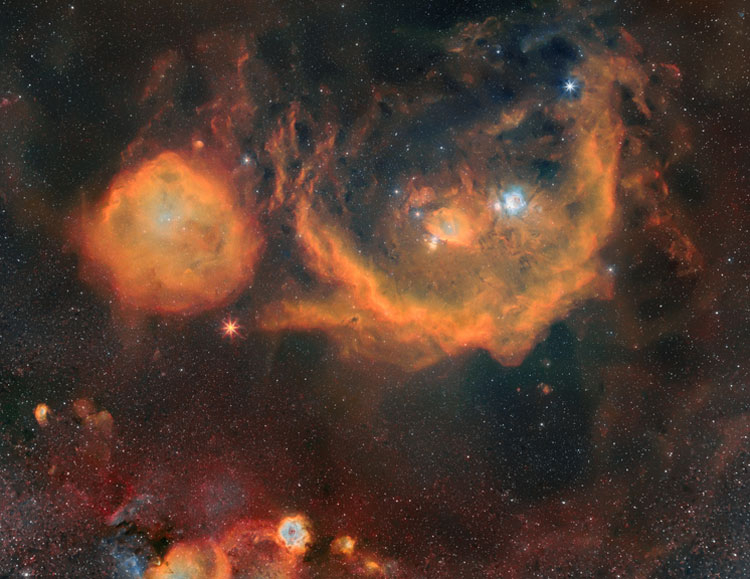Astronomers at the University of Tokyo have developed a technique for accurately measuring the surface temperature of red supergiant stars. Obtaining this information gives an understanding of the physical processes in stars at the stage when they are ready to explode and become supernovae. Temperature data can help predict the appearance of supernovae and, in general, will allow us to learn more about the universe.

Spectrograph WINERED… Image source: Kyoto Sangyo University
Traditional methods for determining the temperature of stars are inapplicable in the case of red supergiant stars. The upper gaseous layers of red supergiants make it impossible for astronomers to know about the temperature of a star, for example, by the brightness of its glow. Spectral analysis also does not allow us to directly relate the absorption lines to the temperature of the star. But it turned out to be possible thanks to comparative observations of the spectrum.
Last year, Japanese astronomers got their hands on the new WINERED spectrometer. This tool is aimed at searching for metals in the era of the early universe. As it turned out, WINERED is able to help estimate the temperature of red supergiant stars. Astronomers have calculated the dependence of the mutual arrangement of absorption lines in the spectrum of iron on the temperature of the surface of red supergiants. This dependence was tested for other types of stars, the brightness of which allows the temperature to be estimated visually. In both cases, the data matched, which makes it possible to apply a new spectral method to estimate the temperature of red supergiant stars.

Betelgeuse between two (orange) dust clouds. Image source: Andrew Klinger
Type II supernovae, which appear after the explosion of red supergiant stars, serve as sources of matter for new stellar formations. They play an important role in the universe. It would be tempting to learn how to accurately predict the dates of explosions of such space objects. For example, last year, a mysterious phenomenon was observed with a change in the brightness of Betelgeuse, which is a red supergiant and can turn into a supernova at any time. Maybe new knowledge will help predict when this will happen?
If you notice an error, select it with the mouse and press CTRL + ENTER.





